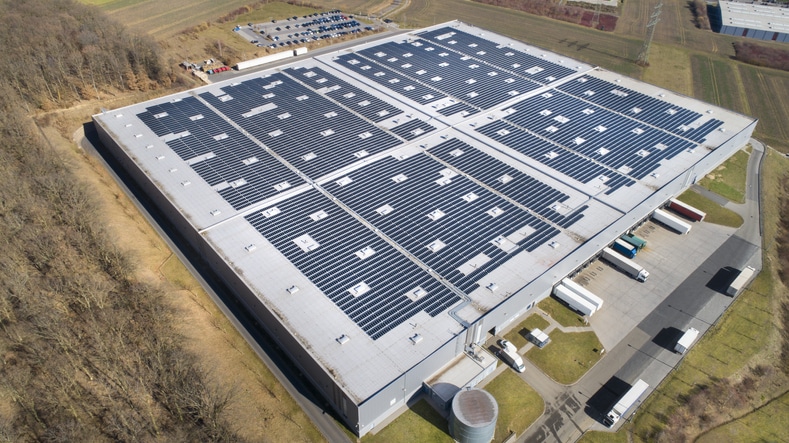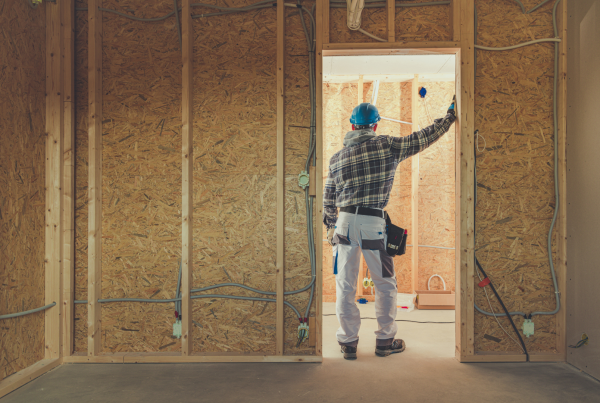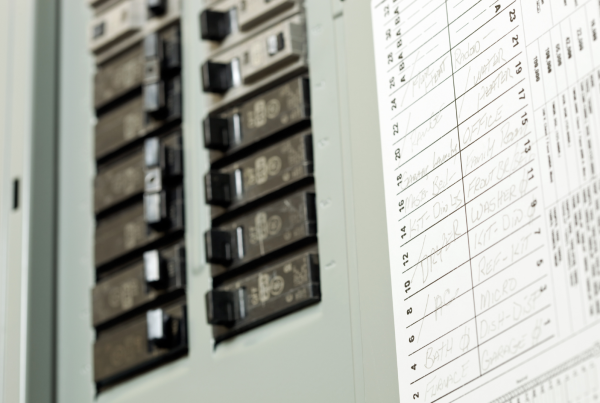The demand for renewable energy has grown considerably over the years for the residential and commercial sectors alike. This popularity has continued to grow as energy prices soar and people seek cost-effective ways to power their homes and facilities.
Electrical contractors in Utah are now recommending commercial solar panels to every facility. Still, several hurdles can make it difficult for the widespread adoption of the technology. Other than the initial high costs, the biggest concern includes many myths and misconceptions revolving around commercial solar panels.
So let’s take a closer look at these myths and dive into the actual truths surrounding these topics to help you understand what you may be missing out on without commercial solar panel systems.
Myths & Misconceptions Around Commercial Solar Panels
Here are five of the most common myths and misconceptions currently plaguing the market.
Myth 1: Solar Panels Only Work In Direct Sunlight
Solar panels do perform best when in direct sunlight. The hotter it gets, the better they perform. However, solar panels can also produce energy in cloudy, rainy, and snowy weather conditions. This is particularly true for commercial solar panels, i.e., those designed specifically for improved efficiency and to create energy even during low light.
Solar panels are being used in hotter equatorial regions just as well as other climates, such as northern Europe. Canada and UK, regions notorious for being mostly cloudy, have adopted commercial solar panels successfully. You may need more panels if you live in such areas for the same output, but they nonetheless perform their function.
A prime example of this is the Antarctic’s zero-emission research facility completely covered with solar panels.
Myth 2: Solar Panels Systems Are Too Expensive to Install & Maintain
Solar energy systems require a significant financial investment, especially the commercial counterparts, but within a few years, they end up giving you a 100% ROI. Among a range of other benefits of solar panels, it is important to note that low-end solar panels can return your investment by the 7-20 year mark, while commercial solar panels take just 3-5 years to return your investment.
There are also tax rebates for going for sustainable energy that make the investment much more lucrative.
Myth 3: Your Roof Will Get Damaged From Solar Panel Racks
This is not really an issue, but many claim that the welded solar panel racks can damage your roof. Yes, they need to have a solid foundation in the ground to ensure that they can sustain heavy winds, rainfall, or even snow, but when done right, electrical contractors can help you prolong the life of your roof.
By covering your roof, solar panels absorb or reflect most of the sun’s UV rays, rain, and more, hence keeping your roof well-protected. If removed, however, you may need to fill any gaps introduced by the rack. Unless moving facilities, you should consider not removing the panels or the rack.
Myth 4: Every Solar Panel System Is The Same
Yes, the concept of converting solar energy to electricity is roughly the same, but the panels themselves can be very different from each other. For example, the panels used in satellites aren’t the same ones used at your facility or home. And there are grid-tied and off-grid solar panel options to help you get a different type of utility.
There are a number of other myths revolving around the subject of commercial solar panels. If you have any reservations or questions, get in touch with Skyline Electric’s electrical contractors in Utah and let us help you understand whether you need a solar panel system or not.




